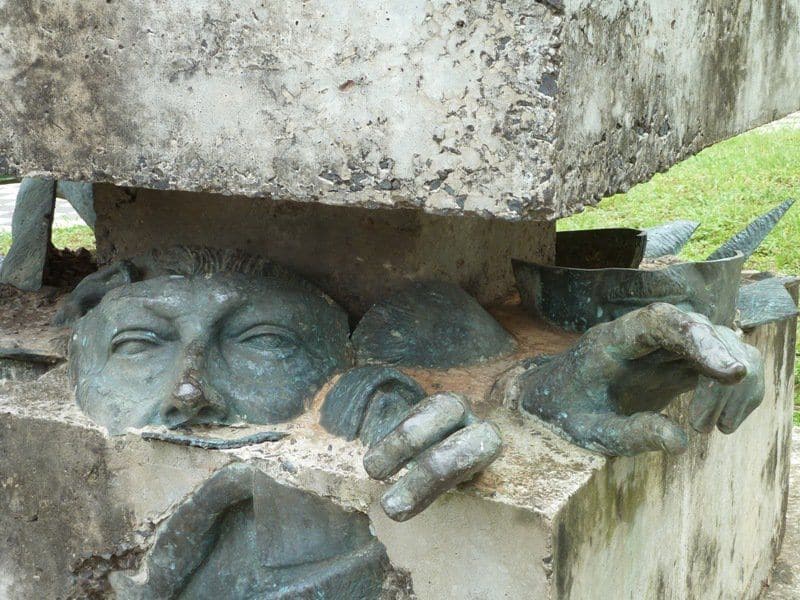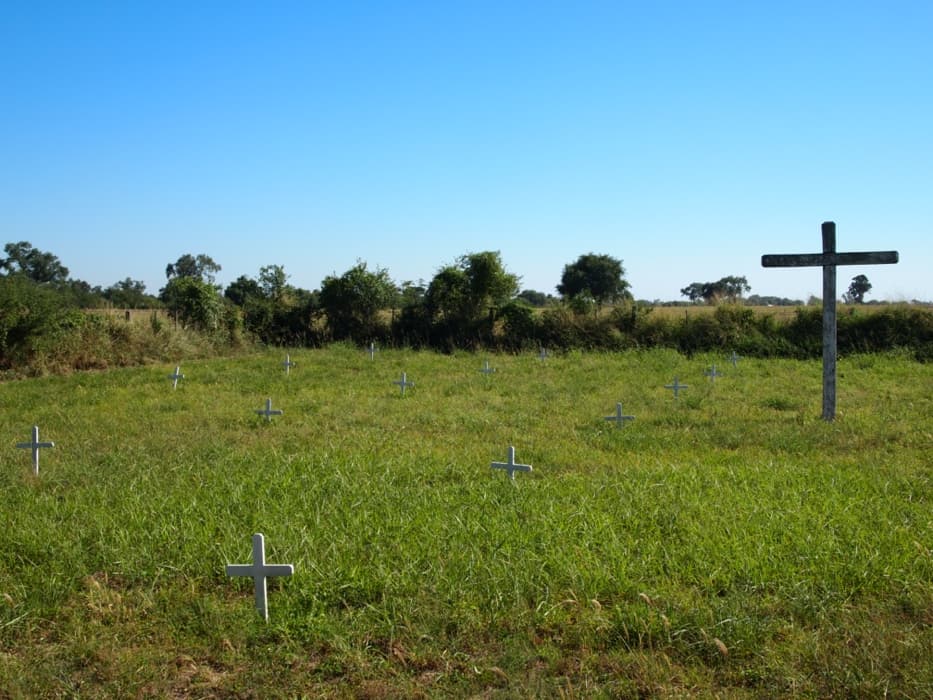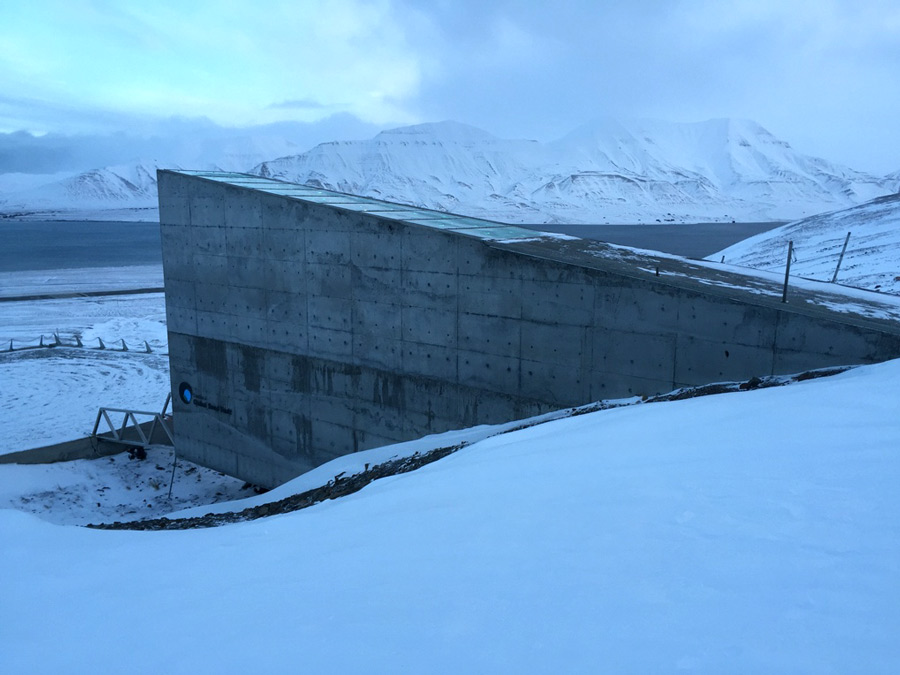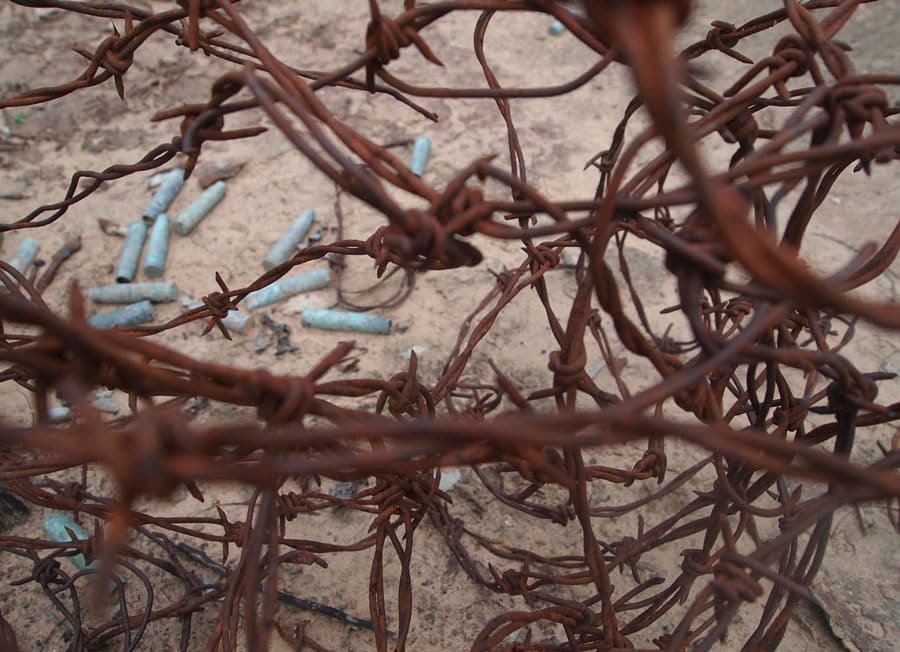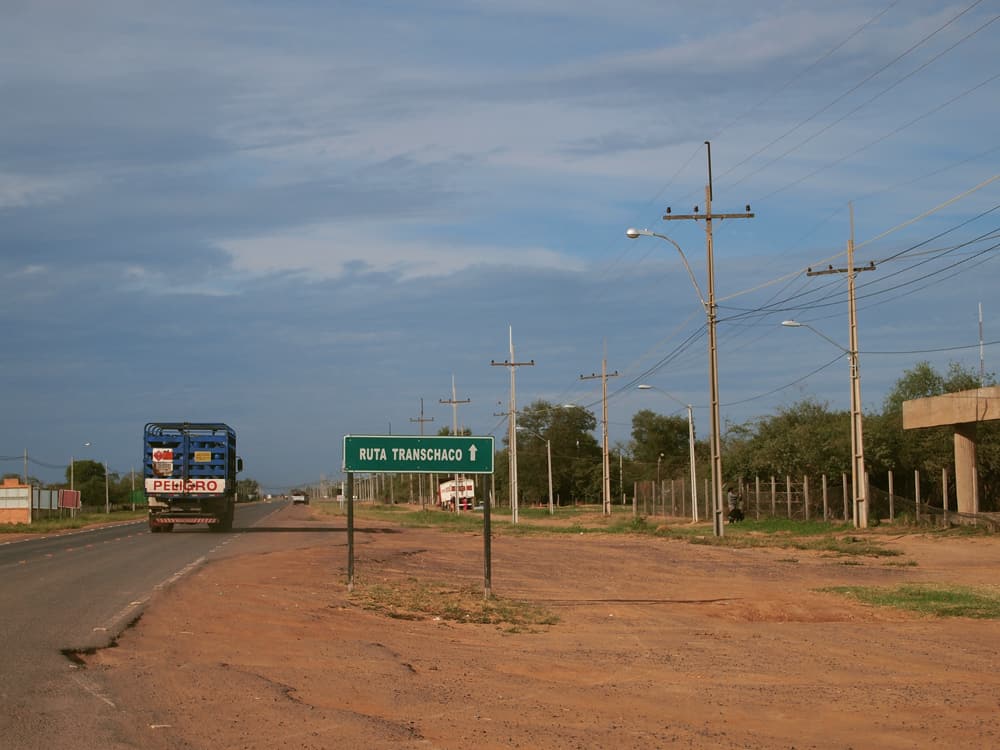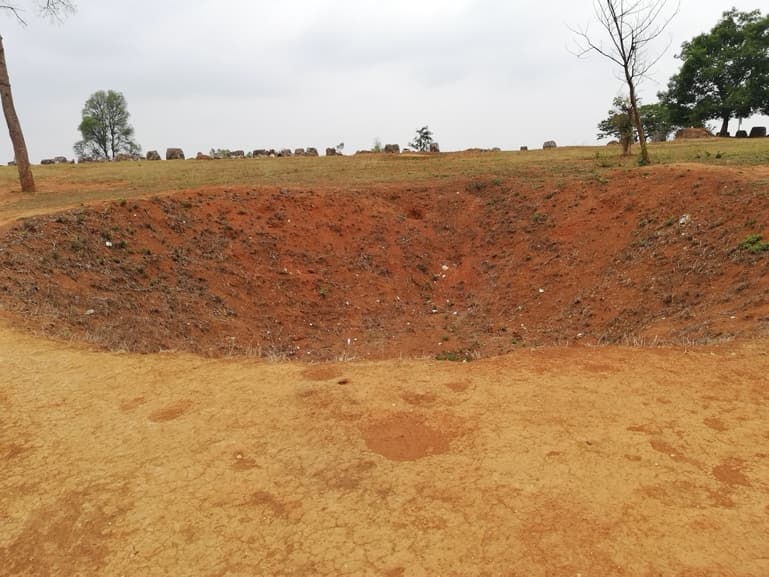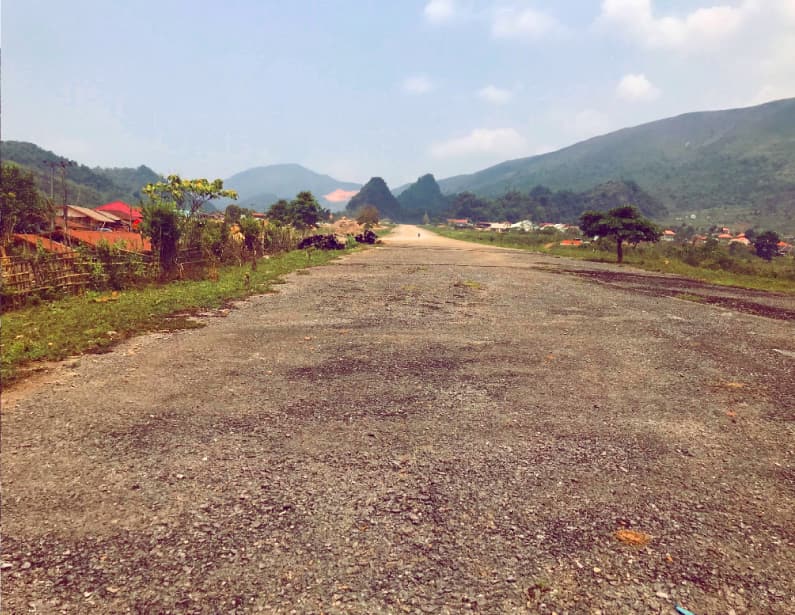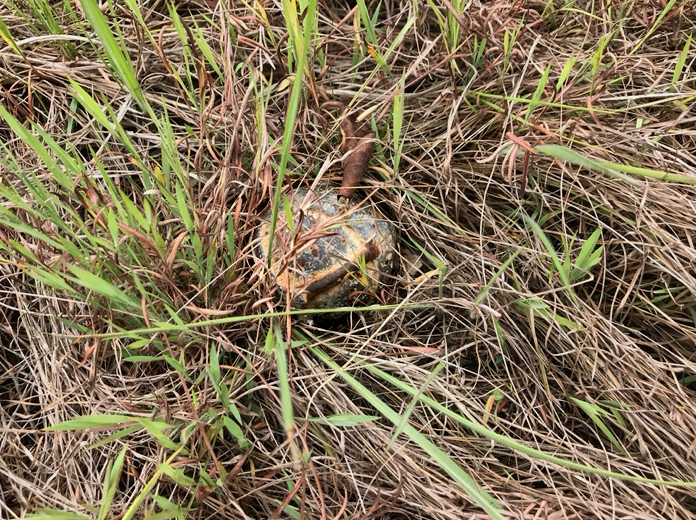
Project Title
ECOLOGIES OF VIOLENCE: Heritage and Conflict in More-Than-Human Worlds (2023–26)
Description
My original UKRI FLF project, Material Memories (May 2019-April 2023), explores the contributions of archaeology and heritage studies to understanding the ongoing social and cultural scars that occur in the aftermath of twentieth century conflicts and authoritarian regimes in South America. The geographical scope of the project was subsequently expanded to include Southeast Asia (specifically Laos), as approved by the funder, to introduce a comparative aspect to the project, building on GCRF-funded fieldwork undertaken in Laos and Cambodia in 2019 whilst I was awaiting the results of the original application.
Ecologies of Violence builds on and compliments the original project by focusing on the material memories of conflict in more-than-human worlds through an exploration of the impact of conflict and authoritarian violence on natural heritage and the environment. While the impact of armed conflict on (built and moveable) cultural heritage in affected communities has received significant attention from scholars in heritage studies and archaeology, the physical and ecological imprint of violence on biodiversity and natural heritage has thus far largely been neglected. Similarly, cultural heritage has received international policy protection since the drafting of the 1954 Hague Convention for the Protection of Cultural Property in the Event of Armed Conflict (and arguably earlier through other policies and conventions), but no such convention currently exists for the protection of the natural environment in the event of armed conflict. The renewal project is innovative in proposing a holistic and comparative approach that brings together an exploration of the lasting impacts of twentieth century violence on both natural and cultural heritage in Paraguay, Laos and France. The latter is a new addition to expand the comparative elements of the project to the global north and broaden the network of international partners and collaborators. In doing so, the project will show how these past/local impacts relate to issues of present/planetary concern, including the climate and extinction emergencies and ongoing issues of global social and economic inequality.
While heritage practices are conventionally understood to be pitted against processes of natural and cultural decay, which should be slowed or arrested, exploring the heritage and ecologies of violence reverses this to ask how instead we might exist amongst the ubiquitous, widespread and sometimes toxic by-products and remnants of conflict which persist, do not readily decay and impact upon landscapes for generations to come. These landscapes speak to a more significant legacy of the twentieth century; how industrialized conflicts have reshaped the planet irreversibly and how, in light of the significant human planetary transformations of the Anthropocene, we will all increasingly need to learn to live with and in landscapes of devastation.
Building new international and local partnerships and collaborations with a range of organisations (including demining NGOs and nature conservation agencies) and researchers, the project will show leadership in bringing together international research, policy-making and practice in relation to cultural and natural heritage, exploring the interfaces and relationships between them. Through studying the local impacts of violence on landscapes, ecologies and people, and exploring associated concepts of human and non-human rights, the project will show how landscapes ‘remember’ past violence against both culture and nature, and how these material and biological scars persist in the contemporary world and continue to affect local communities.
Year
2023–26
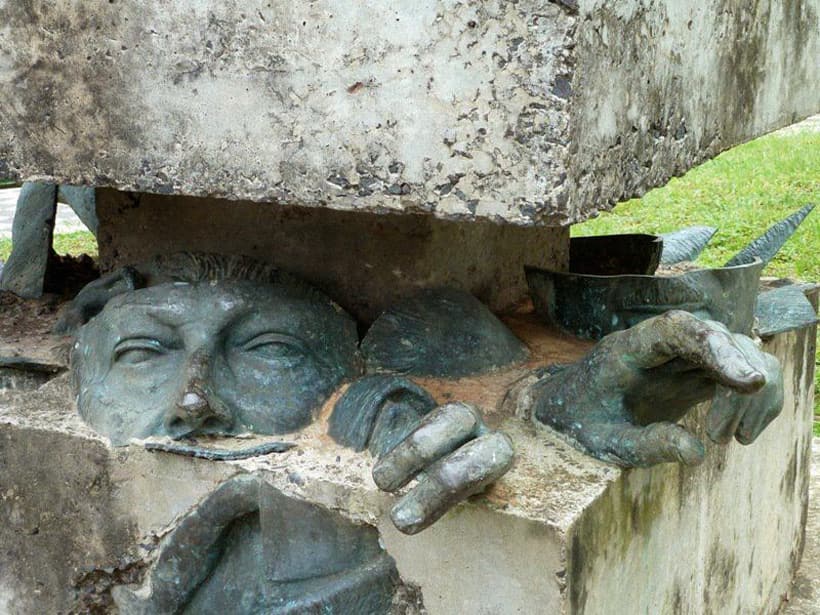
Project Title
Material Memories (2019–2023)
Description
My original UKRI Future Leaders Fellowship Material Memories aimed to develop a programme of research and leadership activity, subsequently forming the basis for an affiliated programme of research-based teaching, which will foreground the role of archaeology and critical heritage studies in addressing some of the most urgent questions of our time, specifically in relation to armed conflict, human-thing relationships and recycling practices in Paraguay and Laos in the Age of the Anthropocene.
Year
2019–23
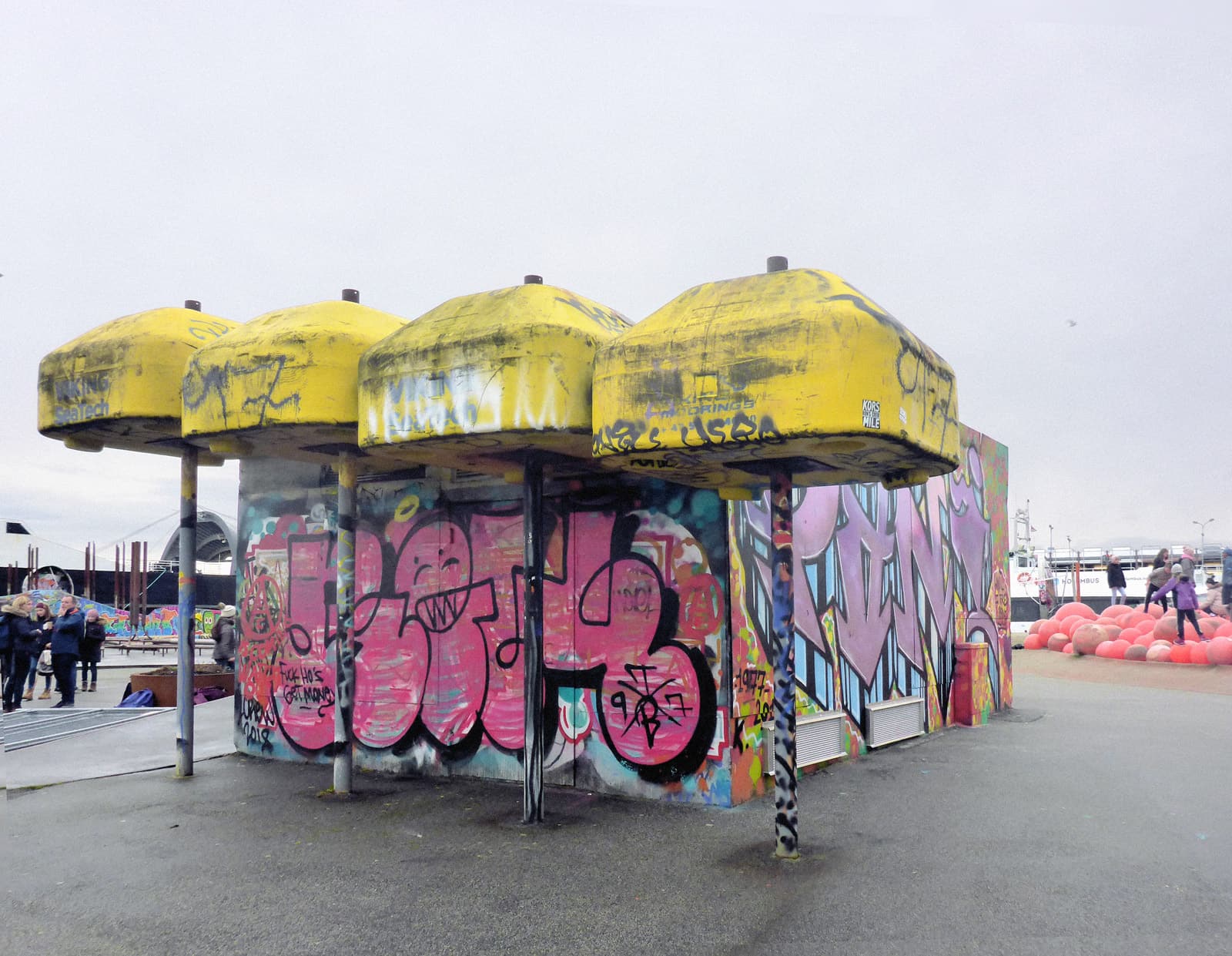
Project Title
Resisting Rigs: Oil Heritage of the North Sea (Research Fellow as part of the Unruly Heritage: An Archaeology of the Anthropocene project at UiT The Arctic University of Norway)
Description
The aim of this project is to investigate how the haunting, ruined, and stranded material legacies of the Anthropocene challenge current conceptions of heritage, and urge us to adopt more accommodating and complex understandings. Unruly Heritage explores how things’ persistency complicates and questions traditional delineations between past and present, and how their unruly afterlives allow for alternative memory practices.
It critically scrutinises the ethical foundations of heritage, as well as explores possible justifications for, and consequences of an ethics extended to things. In doing so, it investigates how a radical broadening of the humanistic concept of care may contribute to alternative and more ecologically sound heritage approaches.
Year
2018–19
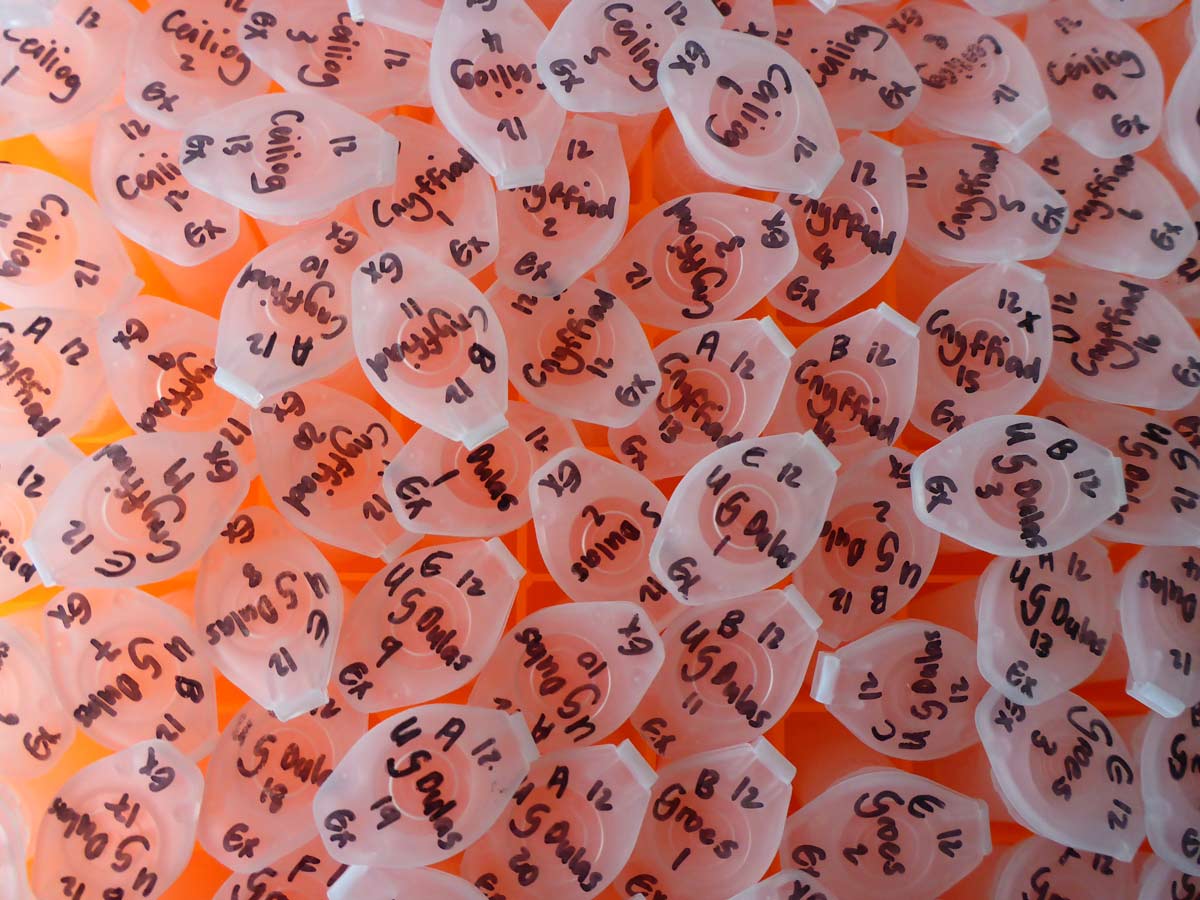
Project Title
Heritage Futures
Description
Heritage Futures was a 4-year research programme (2015-2019) funded by a UK Arts and Humanities Research Council (AHRC) Large Grant (‘Assembling Alternative Futures for Heritage,’ AH/M004376/1), and supported additionally by its host universities and partner organisations. The project, led by Prof Rodney Harrison at UCL, carried out ambitious interdisciplinary research to explore the potential for innovation and creative exchange across a broad range of heritage and related fields, in partnership with a number of academic and non-academic institutions and interest groups.
It was structured around the four themes of our research, each of which identified a challenge for the future of heritage and looks at a range of institutions which aim to tackle it in various ways. The themes were:
Uncertainty – How is the uncertainty of the deep future conceived of and managed in different fields of conservation practice?
Transformation – What values are associated with heritage structures and landscapes that are allowed to undergo transformation and change?
Profusion – How do museums and people in their homes decide what to keep in the face of mass production and consumption?
Diversity – How are biological, cultural, genetic, and linguistic diversity categorised and conserved, and what can one field learn from another?
Together with Rodney Harrison and Sefryn Penrose, I led on the Diversity theme of the project.
Diversity is a term that, since its emergence, has become the currency of natural and cultural heritage protection. There is a perception of a future in crisis due to the threat of biological, cultural, linguistic and genetic homogeneity. Organisations tasked with preventing this potential crisis are charged with determining and selecting forms of diversity in order to project them into an uncertain future, and in doing so, they each create their own, distinctive futures. This theme explored ethnographically a range of domains concerned with practices of categorisation, preservation and management of different forms of diversity in comparative perspective.
While the potential for innovation in knowledge transfer across some of these fields has recently been acknowledged, such thinking has not been widely pursued. We explored the range of practices undertaken across various different heritage domains which share an aim in the maintenance of ecological, cultural, linguistic and biological diversity, and the values associated with these practices. In doing so, we have aimed to articulate the potential for innovative forms of knowledge exchange and the development of shared work practices between them, as well as the ways in which their boundaries might be challenged, reconfigured or removed.
Year
2015–19
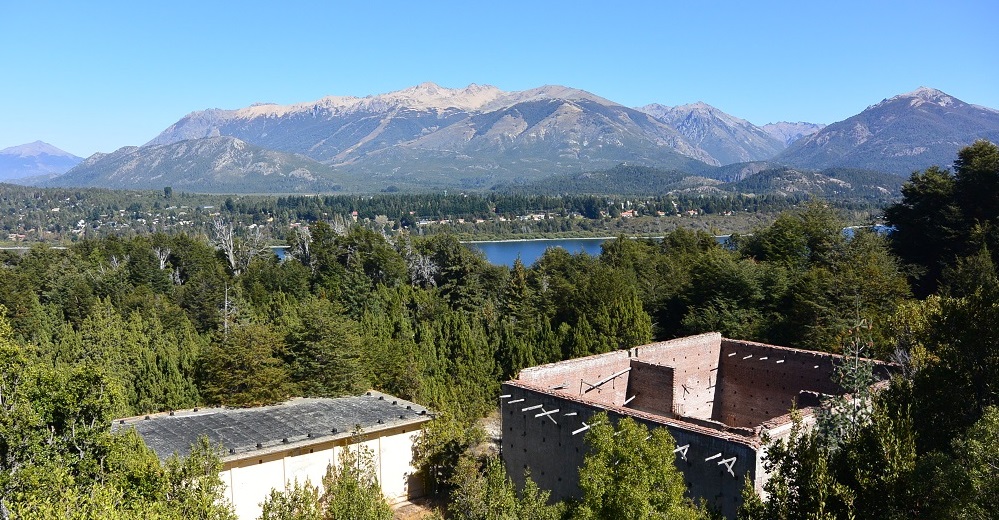
Project Title
Restricted Access Pilot Project: Interdisciplinary perspectives on clean energy production and landscape conservation in North Patagonia (postdoctoral position)
Description
This pilot project developed out of work led by Rico on the archaeology and heritage of the Huemul Atomic Project in Argentina, coupled with observations of the ways in which the designation of certain forms of conservation landscape (for example national parks and other forms of protected areas) might be seen to facilitate specific forms of environmentally damaging “non-conservation” activities outside of their borders. We explore these issues through a focus on the archaeological and heritage landscapes associated with the failed quest for nuclear fusion on Isla Huemul within Nahuel Huapi National Park near Bariloche in Argentina, and the ways in which this experiment facilitated the subsequent establishment of a working nuclear reactor and atomic research institute in the same town and park, and other attempts to develop alternative energy sources in the form of hydroelectric power schemes, alongside their broader effects on the landscape.
This pilot study has resulted in establishment of a transnational, interdisciplinary working group which is developing a broader project on the relationship between conservation landscapes, statecraft, practices of power and relationships between “waste” and “wilderness” across Chile and Argentina in the Northern Patagonian region. This network will enable us to consider how these historical and contemporary tensions might be considered collectively in the development of new policies and practices in clean energy production and landscape conservation in the region. An exhibition “Los ecos del Proyecto Huemul, 1949-2017”, hosted at the Balseiro Institute in Bariloche, presents the results of our research. Further details of the project are available here.
This pilot project, led by Dr Trinidad Rico (Rutgers) and Prof Rodney Harrison (UCL) explores the ways in which the designation of certain forms of conservation landscape (for example national parks and other forms of protected areas) facilitate specific forms of environmentally damaging “non-conservation” activities outside of their borders. This invites a radical rethinking of conservation histories.
We suggest that conservation landscapes cannot be studied without looking at the broader landscape management effects-the “salvation” of certain designated areas and the “sacrifice” this facilitates of others. We cannot understand the gazettal of protected buildings or landscapes without looking beyond the gazetted structure or reserved area to consider the negative actions which such conservation activity permits. Conservation landscapes are themselves often related to attempts by the state to restrict or control access-like the landscapes associated with nuclear power generation or nuclear waste disposal, national parks and other conservation areas are also landscapes of exclusion (Galison 2015).
The project explored these issues through a focus on the archaeological and heritage landscapes associated with the failed quest for nuclear fusion on Isla Humuel within Nahuel Huapi National Park near Bariloche in Argentina, and the ways in which this project facilitated the subsequent establishment of a working nuclear reactor and atomic research institute in the same town and park, and other geographically associated attempts to develop alternative energy sources in the form of hydroelectric power schemes, alongside their broader effects on the landscape.
This pilot study formed the focus for the establishment of a transnational, interdisciplinary working group in preparation for the development of a broader project which will explore the relationship between conservation landscapes, statecraft, practices of power and relationships between “waste” and “wilderness” across Chile and Argentina in the Northern Patagonian region.
References
Galison, P. (2015). “On the Building, Crashing, and Thinking of Technologies & Selfhood: Peter Galison in Conversation with Etienne Turpin.” In Art in the Anthropocene: Encounters Among Aesthetics, Politics, Environments, and Epistemologies, edited by E. Turpin and H. Davis, 181-190. London: Open Humanities Press.
Year
2016

Project Title
The Second World War in our Forests
Description
Pilot project The Second World War in our Forests (Zweete Weltkrich an eise Bëscher) in Luxembourg in collaboration with the Administration de la Nature et des Forêts Luxembourg and the Luxembourg Musée National d’Histoire Militaire. The aim of this project was to locate and photographically record trees with engravings by soldiers and/or civilians dating from the Second World War as fragile cultural heritage located in an ephemeral open-air museum.
Year
2012
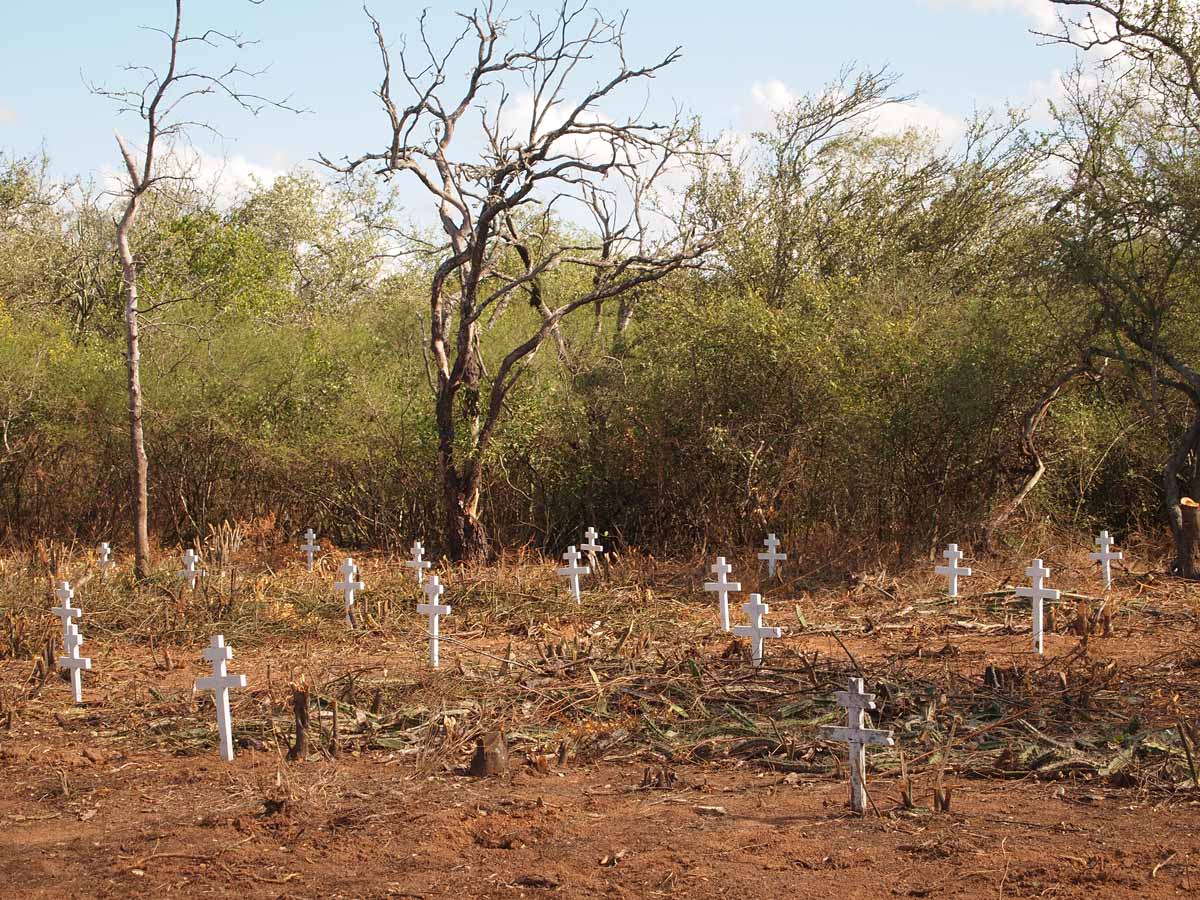
Project Title
Conflict Landscapes of the Chaco War (PhD research 2011–2015)
Description
Funded by FNR Fond National de la Recherche Luxembourg (Luxembourg National Research Fund)
This doctoral research sets itself within the field of modern conflict archaeology and adopts a material approach towards the study of the landscapes and material culture of the Chaco War, fought between Paraguay and Bolivia from 1932‐1935. This study represents the first ever attempt at examining the conflict using an archaeological ontological framework.
It is the aim of this research to present and discuss the complex entangled relationships between humans and things during the conflict and its aftermath. By employing a symmetrical approach to the study of material culture, it breaks down the modern object/subject divide and treats things as equally contributing factors in the shaping of collectives of human and non‐ human entities that make up the world we live in. In this vein, the thesis discusses the relationships between indigenous people, Mennonites and soldiers, and argues how opening up to different ontologies and understandings of the Chaco bush can be a life‐saver in situations of conflict. The study furthermore examines the material culture of the war in relation to concepts of recycling, trench art and non‐modern traditional worldviews. Finally, it assesses the war’s physical remains in the landscape as material mementoes of a past that are firmly embedded within the present.
Year
2011–2015
